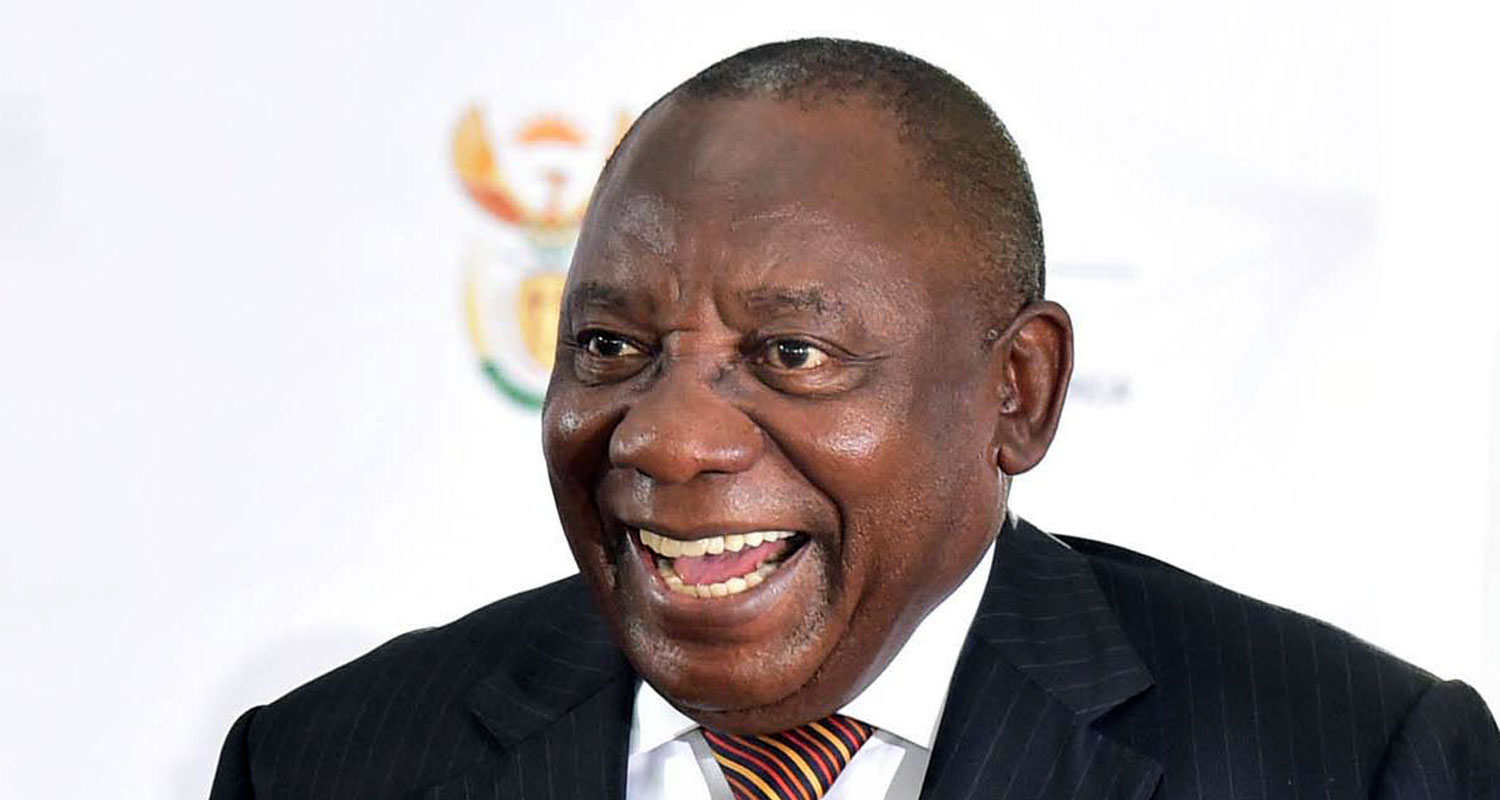
After a week of debilitating rolling blackouts imposed by state-owned electricity utility Eskom, President Cyril Ramaphosa has vowed to bring an end to load shedding.
Writing in his weekly letter on Monday, Ramaphosa said load shedding is costing the economy “dearly” and is causing “great frustration among all South Africans”.
“A stable and reliable supply of electricity is essential for almost every aspect of our daily lives and a necessary condition for economic growth. That is why we are focused on achieving energy security as one of our foremost priorities,” the president wrote.
Read: From spectrum to roads, why fixing SA’s problems is an uphill battle
He said his government is determined to ensure that the rolling blackouts, which have been a feature of South African life for more than 10 years, come to an end.
“Even as we continue to experience crippling load shedding, the reality is that much progress has been made towards ending our energy supply challenges,” Ramaphosa wrote.
Key points
Key points made in Ramaphosa’s letter include:
- South Africa’s fleet of coal-fired power stations is old. Their performance is deteriorating. Despite warnings from energy experts about impending energy shortages nearly two decades ago, there was a delay in commissioning new generation capacity.
- When construction began on Medupi power station in Limpopo in 2007, it was the first power station to be built by Eskom in more than 20 years. Medupi has subsequently been beset by delays, costs overruns and breakdowns due to design problems, with many of these challenges linked to allegations of corruption.
- For years, the existing power stations were not maintained properly, particularly as these plants were made to run harder than designed to meet the country’s energy needs. There was insufficient investment in the technical skills needed to operate and maintain power plants.
- This situation was made worse by state capture. Billions of rand were diverted from critical operational requirements at Eskom into private pockets.
- Eskom’s huge debt burden, including more than R36-billion of outstanding municipal debt, undermines the utility’s ability to improve its maintenance, infrastructure build and other operations.
Ramaphosa said Eskom’s board and management team “need our full support as they work to turn the utility around”.
“They have to keep the lights on while rebuilding Eskom as a viable entity that fulfils its developmental mandate as a state-owned enterprise, and positions it for a just energy transition.”
Reforms
Turning to what his administration is doing to bring an end to load shedding, Ramaphosa said structural reforms that were started in 2018 will have a “far-reaching impact on the South African energy landscape, even if the changes will take time to bear fruit”. These reforms include:
- Reviving, in 2018, the Renewable Energy Independent Power Producers Procurement Programme, which had stalled. This allowed 2.2GW of additional capacity to be built through “bid window” 4.
- A further 5.2GW of solar and wind power being procured through the next bid windows (5 and 6). This additional generation capacity is due to connect to the grid from late 2023. The Integrated Resource Plan of 2019 provides for a further 3GW of gas and 500MW of battery storage to be procured from independent power producers.
- Lifting, in June 2021, the licensing threshold for new generation projects from 1MW to 100MW so that private investors do not require a licence to build generation facilities up to this size and can produce their own power or sell it across the grid to other buyers.
- A joint task team comprising all relevant government departments and the private sector working to accelerate investments in new generation projects under 100MW. There is a pipeline of 58 projects under development with a combined capacity of 4.5GW, many of which will commence construction this year.
Transformed
“South Africa’s energy security can only be assured if we reduce reliance on a single utility for power and unlock private investment in generation capacity. This is one of the most important reforms contained in the draft Electricity Regulation Amendment Bill that was gazetted for public comment in February,” Ramaphosa said.
“The bill provides for the establishment of an independent transmission and system operator. This means that while the national grid will remain owned and controlled by the state, there will be competition among multiple generators selling power to distributors and customers. The introduction of a competitive electricity market will unleash new investment in generation capacity and will be a key driver of economic growth.
“It is difficult to expect the millions of South Africans grappling with the inconvenience and hardship caused by intermittent power outages to remain patient as we resolve these longstanding challenges. It is difficult to convince them, as they sit in the dark, that we are making progress towards a secure and reliable supply of electricity. But the reality is that the energy landscape is being transformed, the problems at Eskom are steadily being addressed and substantial new energy generation capacity is being built,” the president said. — © 2022 NewsCentral Media

